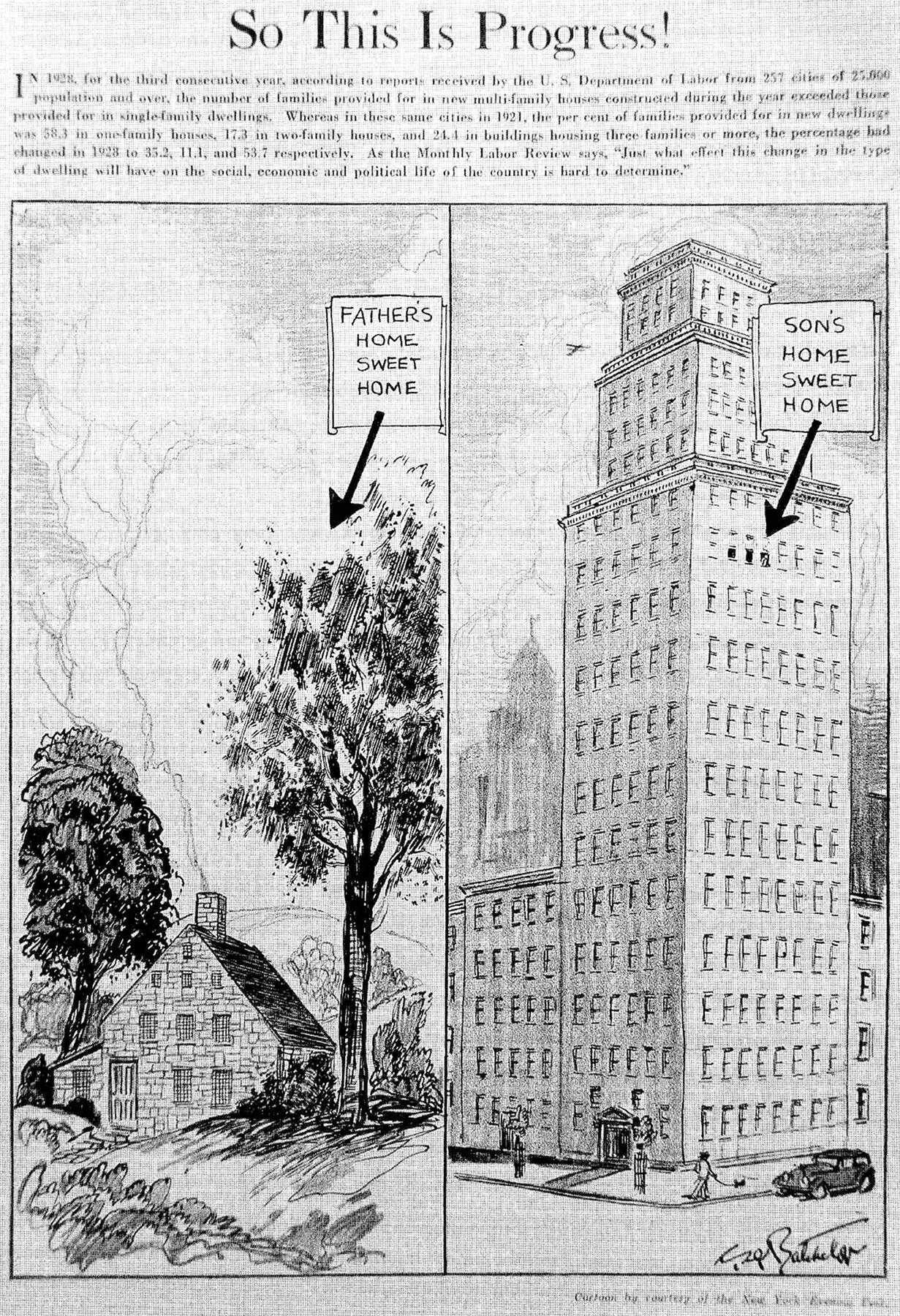Welcome to On Verticality. This blog explores the innate human need to escape the surface of the earth, and our struggles to do so throughout history. If you’re new here, a good place to start is the Theory of Verticality section or the Introduction to Verticality. If you want to receive updates on what’s new with the blog, you can use the Subscribe page to sign up. Thanks for visiting!
Click to filter posts by the three main subjects for the blog : Architecture, Flight and Mountains.

Forests and Verticality
The progression of forest growth over time is based on access to and competition for sunlight. This process is based on Verticality. As a plant grows taller, it casts a shadow on everything below its foliage, hindering the growth of smaller plants below. This process can be found throughout the natural world, and it follows a pattern of regrowth called plant succession.

Anecdotes : A Tale of Two Apartments
Over the past few years, I've had two very different living experiences. The first, a 48th floor apartment in the Financial District of New York City. The second, a first floor flat in Park Slope, Brooklyn. I loved living in each of these apartments immensely, but the differences between the two have taught me a great deal about Verticality and its effects on our lives.

Terracing and the Green Machine
Making meaningful green spaces in high places
Two things that every human being needs are to escape the surface of the earth through Verticality, and to be around plants and vegetation. Ever since the beginnings of permanent shelter and architecture, humans have been attempting to escape the surface by creating and inhabiting high places. We’ve also been repeatedly trying to recreate the experience of the surface by linking these spaces with greenery.

Man Vs. Nature
A bit of context can change many things. Take a look at this drawing, titled Man Vs. Nature from a 1925 edition of Le Petit Larousse Illustré. The graphic compares the tallest works of architecture at the time to major mountain peaks from nature. It's a reality check to consider the size of the Eiffel Tower in Paris, shown as a tiny speck on the bottom left of the image.
